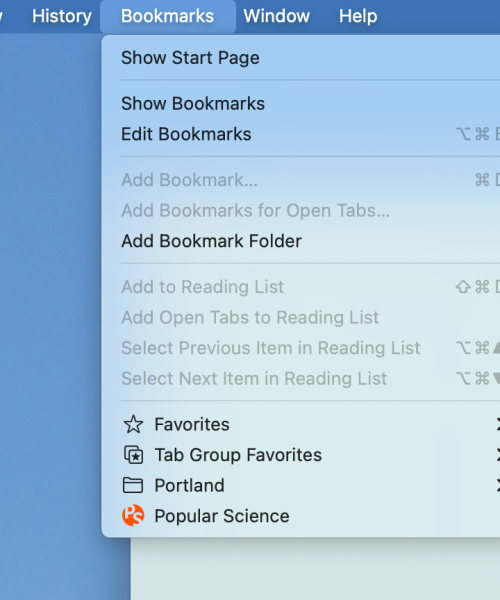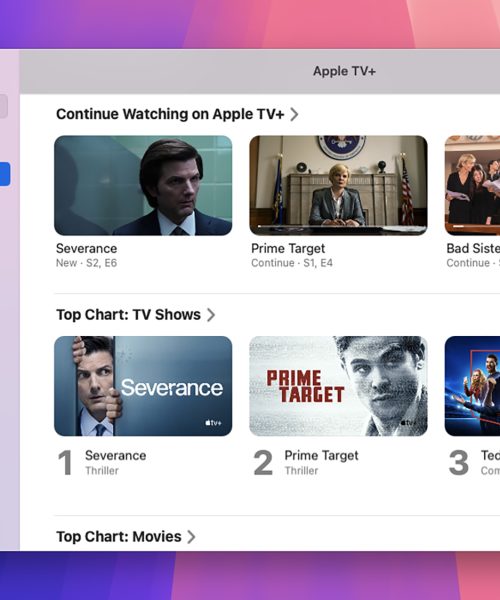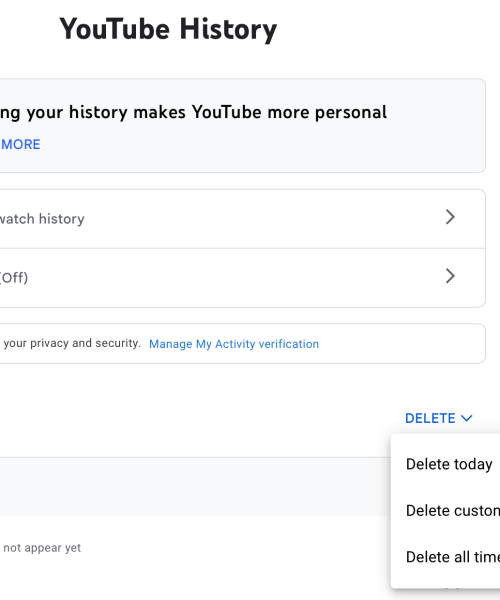
We may earn revenue from the products available on this page and participate in affiliate programs. Learn more ›
A bidet is a specialized bathroom fixture found in many countries outside the United States. The water-shooting device gained popularity in American homes during the COVID-19 pandemic, driven by widespread toilet paper shortages. However, even after the toilet paper supply chain stabilized, many new bidet users did not revert to using toilet paper alone.
As more people discover the benefits of bidets and the increasing availability of easy-to-install bidet attachments, their presence is becoming more common in bathrooms nationwide. Since bidets offer many hygiene, environmental, and cost benefits, it appears that the bidet trend is here to stay.
Health and hygiene benefits
Bidets offer several health and hygiene benefits, extending beyond just reducing toilet paper usage. The gentle water spray not only cleans the genital areas more effectively but is also particularly beneficial for individuals with sensitive skin who cannot use toilet paper due to discomfort or rashes. Additionally, bidets can aid people with specific health conditions such as hemorrhoids, post-surgery recovery, and mobility issues. A clinical trial found that regular bidet use also improves quality of life in adults with impaired functional status.
Environmental benefits
Switching to bidets could contribute to a more sustainable approach to personal hygiene. The primary environmental advantage of using a bidet is reducing toilet paper consumption. The average American uses over 140 rolls of toilet paper each year, which is four times the global average. Reducing toilet paper usage leads to several secondary benefits. First, using less toilet paper decreases the need for virgin softwood pulp and reduces the waste generated from toilet paper production. Most toilet paper rolls are made from virgin softwood pulp, primarily harvested from forests in the southeastern U.S. and the Canadian boreal forest. Approximately 68 million trees are cut down each year to produce paper products in the U.S., which includes toilet paper. Additionally, making toilet paper from virgin pulp uses almost twice as much water as recycling paper. It also produces twice as many harmful air pollutants.
Bidets only use water for cleaning. The wastewater from bidets is treated in the same manner as standard toilet waste in municipal sewage or septic systems. Reduced toilet paper usage also eases the burden on waste management systems.
It is also important to consider your area’s water supply–if you live somewhere facing drought or water restrictions, a bidet might make less sense.
Cost savings
Bidets also provide cost-saving benefits, primarily through reduced toilet paper consumption. As of June 2022, the average cost per unit of toilet paper was $8.91. Units can vary in size. Some toilet paper is sold in packs of four, and larger packs, like the ones you can get at Costco or Amazon, come in units of 30 rolls. A 30-count unit of Amazon Basics 2-ply toilet paper costs $23.95. That makes each roll about 80 cents. That may not seem like a lot, but if the average American uses 140 rolls, that price totals $112 per year. This expense increases for larger households. Using a bidet can significantly reduce or even eliminate the need for toilet paper. Additionally, bidets can save on plumbing costs by decreasing the likelihood of clogs and other expensive repairs. While there is an initial investment required to purchase a bidet or attachment, this cost is comparable to that of a standard toilet.
How do bidets work?
A bidet is designed to clean the genital areas with a gentle stream of water. There are various types of bidets, from standalone fixtures to attachments that can be connected to an existing toilet. Both types feature a nozzle that extends to spray water while the user is seated or straddled over the fixture to clean genital areas. Some bidets feature adjustable water pressure and temperature settings.
Do bidets really eliminate the need for toilet paper?
Although bidets significantly reduce toilet paper usage, they may not eliminate it for everyone. Some may still prefer to use a small amount of paper for drying.
Can I install a bidet seat without a plumber?
Yes, there are bidet seats and attachments designed for DIY installation. So, you can typically install one without needing a professional plumber.
Do bidet seats require power?
While some bidet seats require electrical power to operate additional features like water heating, others are purely mechanical and do not need electricity.
Ready to give bidets a try? Here’s a quick rundown of our favorite bidets:
- Best overall: Toto Washlet S550E
- Best toilet combo: WOODBRIDGE B-0960S B0960S Smart Bidet
- Best with dryer: Brondell Swash 1400 Luxury Bidet Toilet Seat
- Best electric: Bio Bidet Bliss
- Best budget: LUXE Bidet Neo 120
- Also consider: Soft Spa Electronic Bidet Toilet Seat and TUSHY Ace





